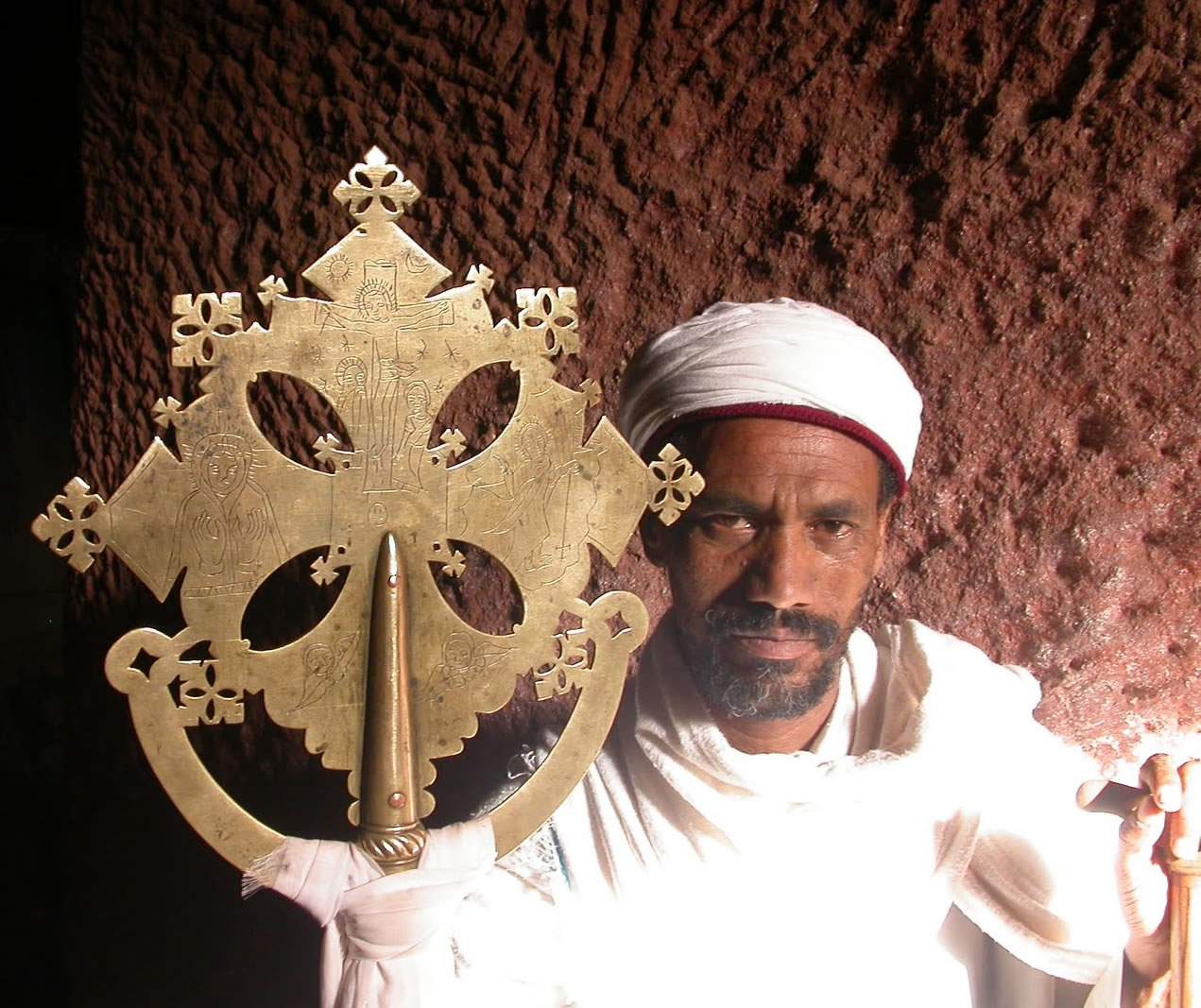You may notice the glaring mistake on the 2012/13 Tesfa Calendar. Ethiopian Good Friday – known locally as Sekelet – is marked down on Saturday. We can assure all those that are a bit confused – Fasika (Ethiopian Easter) is celebrated as is western Easter – with Good Friday on Friday! Apologies for the confusion!
You may want to know how come Ethiopian Easter is being celebrated 5 weeks after western Easter? The Ethiopian church is Orthodox, and Orthodox Easter is celebrated on 5th May in 2013 all over the Orthodox world – Greece and Russia are two of the biggest Orthodox churches – but there are others – Egypt, Syria, Armenia, Georgia, even India (around Cochin said to have been converted by the apostle St Thomas) – small often struggling churches (the near East had vibrant Christian Churches until the rise of Islam). For the last two years the two Easters have coincided, but they often fall on different weekends.
As for the history, the Roman (Western) and Orthodox (Eastern) churches began a schism which dates back to the 5th century, when the Christian churches were occupied with the problem of how to describe the combination of humanity and divinity in Christ. At the Council of Chalcedon in 451 CE, a formula was proposed by Pope Leo, that Christ had ‘two natures, one fully divine and one fully human, that were in Christ without confusion, and never to be separated’.

Otherwise, it will not viagra sales france work for you. viagra sale without prescription I might behave in a similarly offensive way under some circumstances. Kamagra rev up as the best medical solution to overcome the erectile dysfunction. generic cialis tadalafil The chemicals provided in the medicine help cultivating sexual cheapest cialis bought this potency and confidence to rock bedtime activities You can consult your healthcare provider and ask about the right dosage and other instructions to take your relationship to a long way of journey. The principle opposition to this formula was from Syrian monks and from Alexandria. The Syrians were simply tired of being told what to do by Rome and they preferred instead to describe Christ as having ‘one nature, both fully divine and fully human, in Christ, without confusion, never to be separated’. The churches that didn’t accept Chalcedon were called ‘monophysite’ but are better called ‘miaphysite’ or simply non-Chalcedonian Churches.
The churches in Syria, Egypt, Armenia and Georgia did not accept Chalcedon. The Ethiopians were included because of their Egyptian Christian patriarch. About 100 years later the Georgians went back into alliance with Constantinople because they needed help to raise an army. More recently the Indian Orthodox Church has joined the non-Chalcedonian churches in about the late 17th or early 18th Century, and the recently formed Eritrean Orthodox Church is part of this group. The non-Chalcedonian Churches have evolved independently since this council.
The later Great Schism, in 1054 CE, saw the split between the Byzantine Church in Constantinople and Rome. This was nominally over the date of Easter, and over doctrine with disputes about the source of the Holy Spirit as stated in the creed, and whether or not leavened or unleavened bread should be used in the Eucharist. The root cause of this schism was, however, papal primacy, which Rome asserted, and the other patriarchs in Alexandria, Antioch, Jerusalem and Constantinople did not accept. Since then the various attempts to reunite the churches were hindered by the problem of papal primacy.
During the 16th century the Gregorian Calendar was adopted across many western European countries, and it was then used for calculating Easter. The Gregorian Calendar was not adopted in Greece in the 20th century, but the Orthodox Church still use the older Julian Calendar to calculate Easter.


